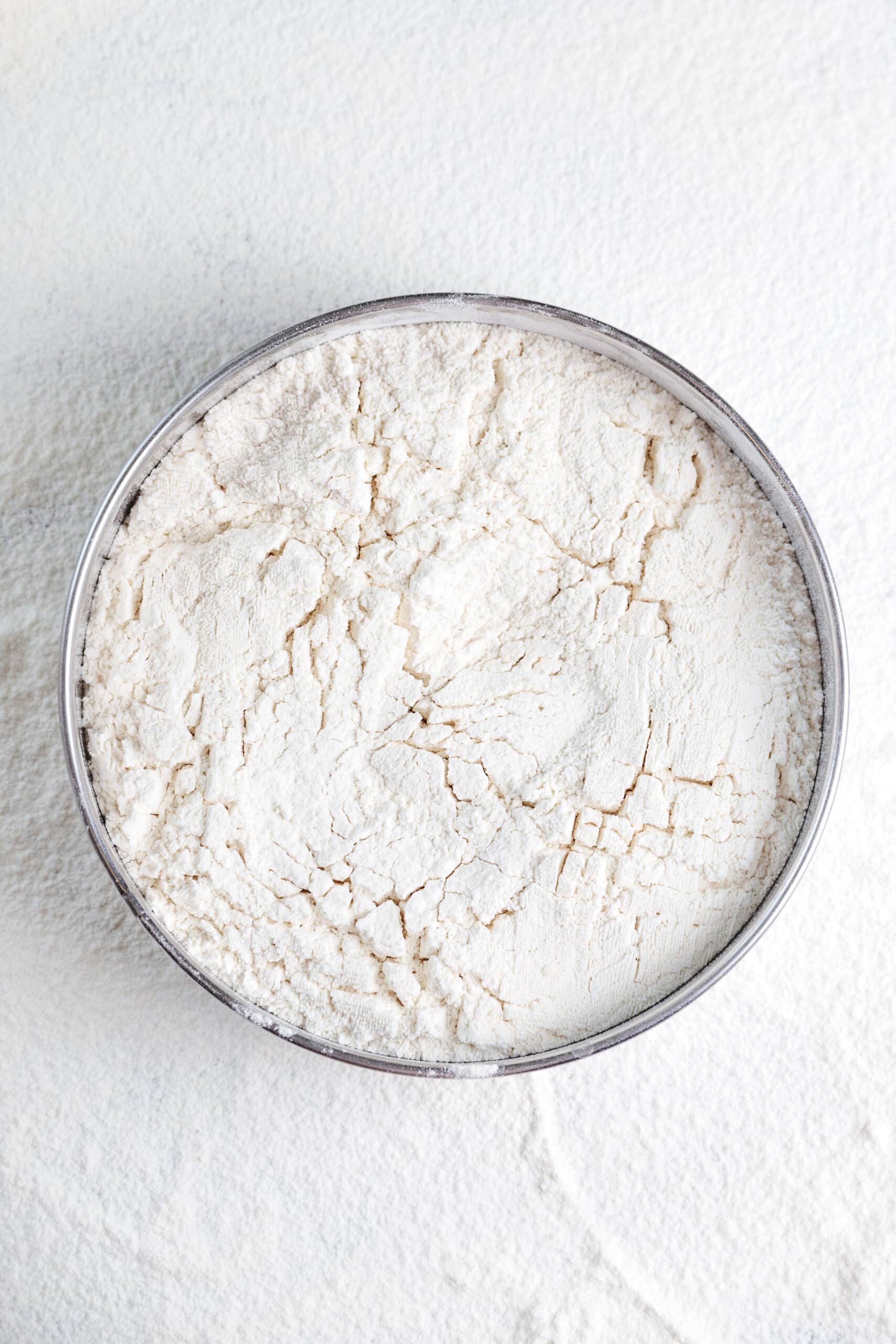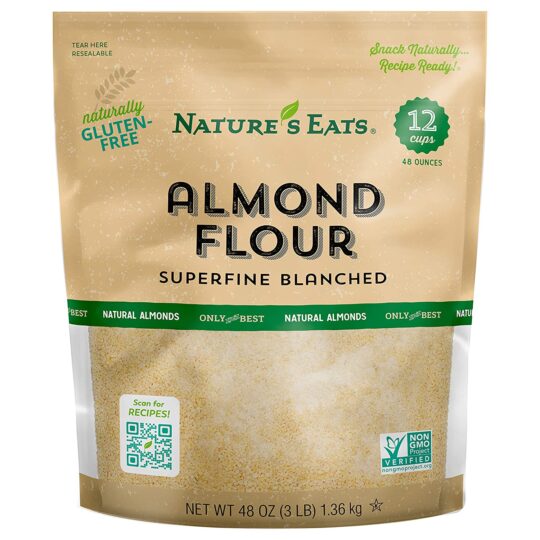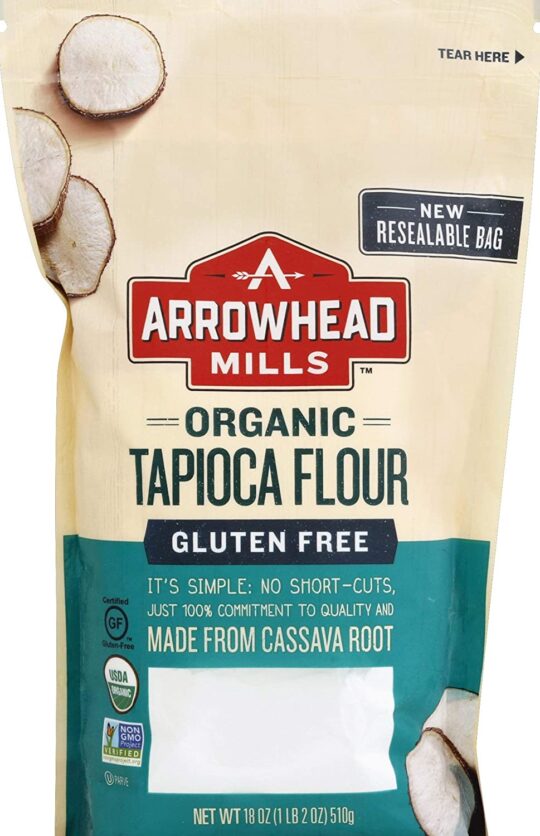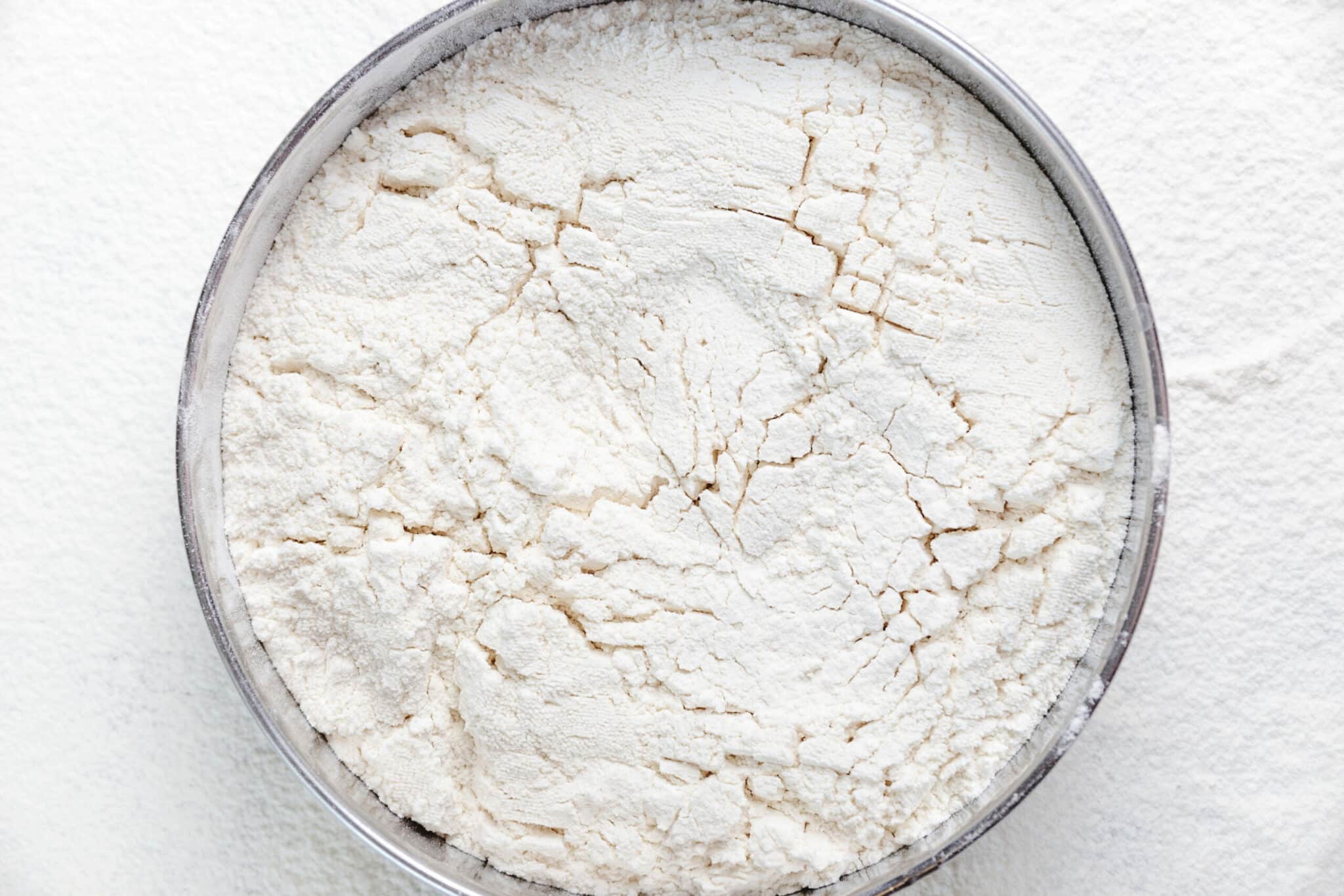Updated on April 9th, 2023
Flour is perhaps one of the most popular cooking ingredients globally, with a wide range of uses in culinary and otherwise applications. There are several varieties, each with its own set of advantages and effects in recipes. Essentially, flour is an important cooking staple in many kitchens.
Depending on the kind of flour you’re used to, especially white flour, you’ll find that there are not a lot of nutritional benefits to its use, and it may even add excess calories to your diet in some cases. It is thus possible that you’ve been on the lookout for low-calorie alternatives to conventional flour kinds.
Not to worry, we’re here to help. The suggestions we’ve provided in this article will help you find healthier alternatives to flour that will produce healthier results in your recipes. It is, however, important to pay attention to what makes them suitable substitutes. This is part of what will guide you to the right choice in order to get the best out of your recipes.

Flour Nutrition Facts

What Is Flour?
Flour is often manufactured from wheat, maize, rye, barley, or rice that has been ground. It is one of the most widely used ingredients in the world since it is the key ingredient in bread, which is a staple in many cuisines. Wheat flour is the most widely used and adaptable flour kind, with a wide range of variants.
White flour, often known as plain or all-purpose flour, is a kind of wheat flour that comprises around 75% of the wheat grain after the bran and wheat germ have been removed. Cakes, pastries, and biscuits are all typically made with this type of flour, and it is typically mixed with a raising agent like baking powder or bicarbonate of soda for use in cakes.
Despite the fact that there are many different varieties of flour, all-purpose flour is the most commonly used. The majority of people identify only wheat flour as flour, but in the real sense, flour can actually be made from a number of nuts and seeds. Amaranth, arrowroot, barley, buckwheat, chickpea, corn, Kamut, nuts, oats, potato, quinoa, rice, rye, soy, spelled, tapioca, teff, wheat, and vegetables are some of the flour varieties available.
Uses of Flour in Recipes
Flour has a lot of functions in culinary activities, one of the major ones being that it gives baked foods their structure. When wheat flour is combined with water, it produces gluten, which is made up of proteins that interact with one another. During rising, the elastic gluten framework expands to hold the expanding leavening gasses in place.
Different kinds of flours provide different functions, depending on the recipes in which they are being used. Some of the recipes in which flour is used include the following:
- Self-rising blueberry muffins
- Simple white cake
- Fluffy American pancakes
- Plain flour bread
- Hot milk cake
- French cinnamon muffins
- Perfect pound cake
- Ultimate dinner rolls
- Favorite yogurt muffins
- No-knead artisan bread
- Homemade waffles
- Homemade English muffins
- Butter cake
- Eggless Pancakes
- Fudge brownies
Low-Calorie Substitutes for Flour
Flour is highly beneficial in a lot of recipes, especially white flour, which is one of the most popular types. White flour, however, tends to have relatively little nutritious value. It is thus important to use more nutrient-dense products instead, especially those with lower calorie content.
You could consider using one of the options described below:
Almond Flour
The flavor of almond flour is distinctive with its sweet and nutty quality. Due to the processing, white flour is basically devoid of all nutrients and fiber, and because almond flour is higher in nutrient content, it is generally a better option than white flour.
Almond flour can be used in place of all-purpose flour, but it does not contain gluten. This implies the end product will likely be flatter than usual, and the consistency will be heavier as well.
There are two types of almond flour used in baking; almond flour and almond meal. Almond flour is made by removing the skin from blanched almonds and then grinding them. When almond flour is used in quick bread, cookies, and cakes, the results are excellent. Almond meal is grittier in texture than almond flour. The skins are usually left on the almonds before they are pulverized.
Arrowroot Flour
Arrowroot flour is a gluten-free, grain-free, paleo-friendly, and vegan flour prepared from arrowroots, which are extracted from the plant Maranta arundinacea. As a result of these many qualities, it can be used in a variety of cuisines. Because it’s fairly starchy, it can be used for both thickening and baking. It also tends not to leave a taste (compared to cornstarch, which does).
The best feature that arrowroot possesses is that it is high in iron, B vitamins, and potassium. In addition, research has shown that arrowroot is beneficial to immunity.
Frequently Asked Questions (FAQs)
What is the healthiest flour for weight loss?
Almond flour, unlike wheat flour, is low in carbohydrates, high in protein, and contains healthy fats and vitamin E, making it one of the best flours for weight loss. It is also gluten-free and contains important nutrients such as magnesium, calcium, and iron.
What is the lowest calorie flour for baking?
Whole wheat flour takes the award for the lowest calorie flour. Whole wheat flour typically contains 340 calories per 100 grams. It’s also a tough flour with a lot of protein. This is the best option, especially for those who can afford to eat gluten.
Is oat flour lower in calories?
Both oats and flour have high-calorie content. By weight, oat has a few more calories (7%) than flour: 389 calories per 100 grams vs. 364 calories for flour. In terms of macronutrient ratios, flour has less protein, more carbs, and less fat per calorie than oats.
Conclusion
There are several possible reasons to need a substitute for any particular ingredient, and with flour, one of such reasons is its calorie content and nutritive value. When making a choice, however, it’s best to choose options that can replicate desired effects as well as improve the healthful quality of your end results.
Feel free to experiment with our suggested options to replace flour. Make sure that you’re substituting these ingredients in the right way, however, as this is important for achieving desirable results.



